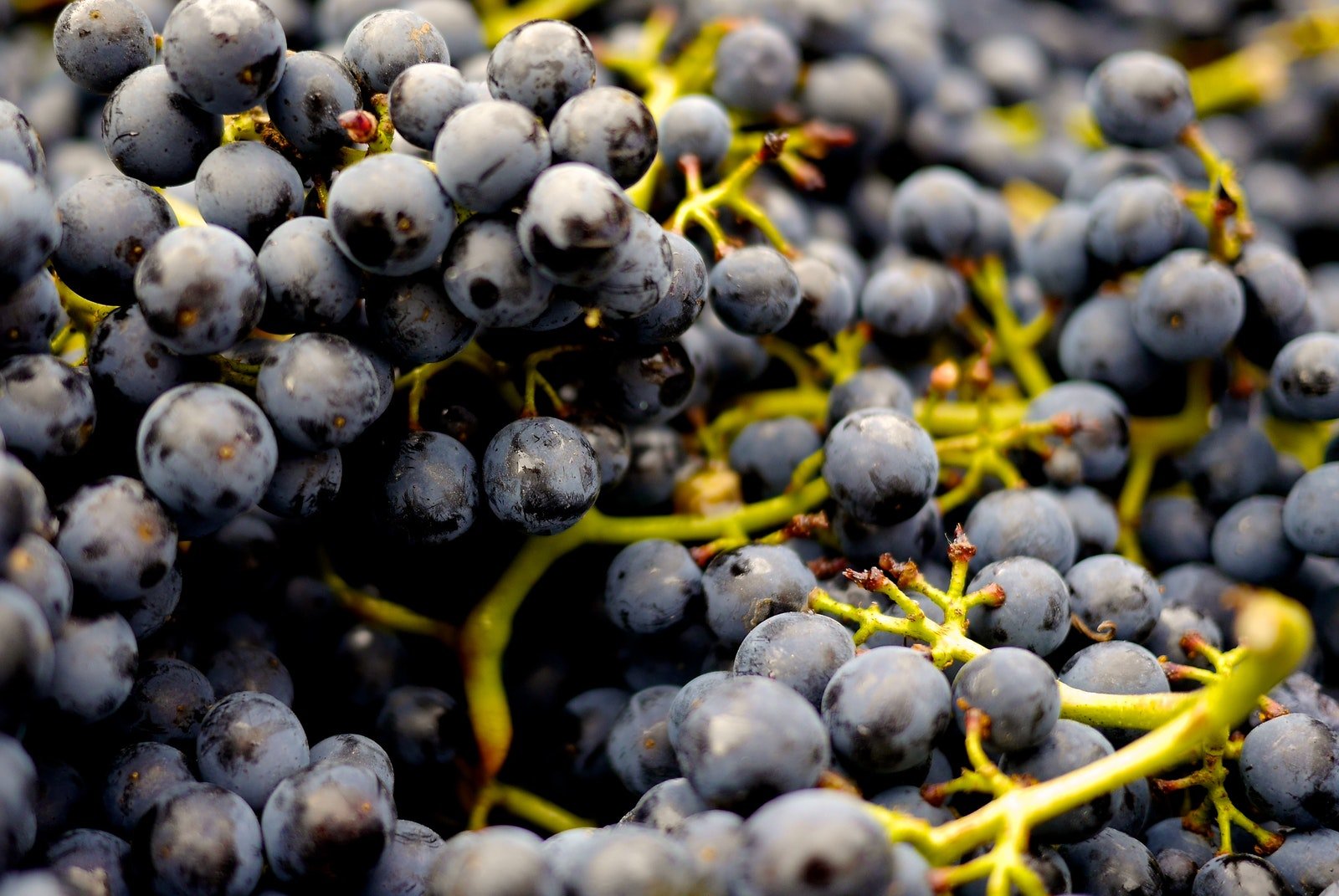The production of wine requires the use and application of cooling systems. These systems must consider the use of energy and the impact they have on the environment.
As it is known, wine is elaborated through a millenary process that with the passage of time has reached high levels of complexity; therefore, the quality standards force to implement processes of great precision.
The implementation of cooling systems in the winemaking process can reach up to 40% of the final product.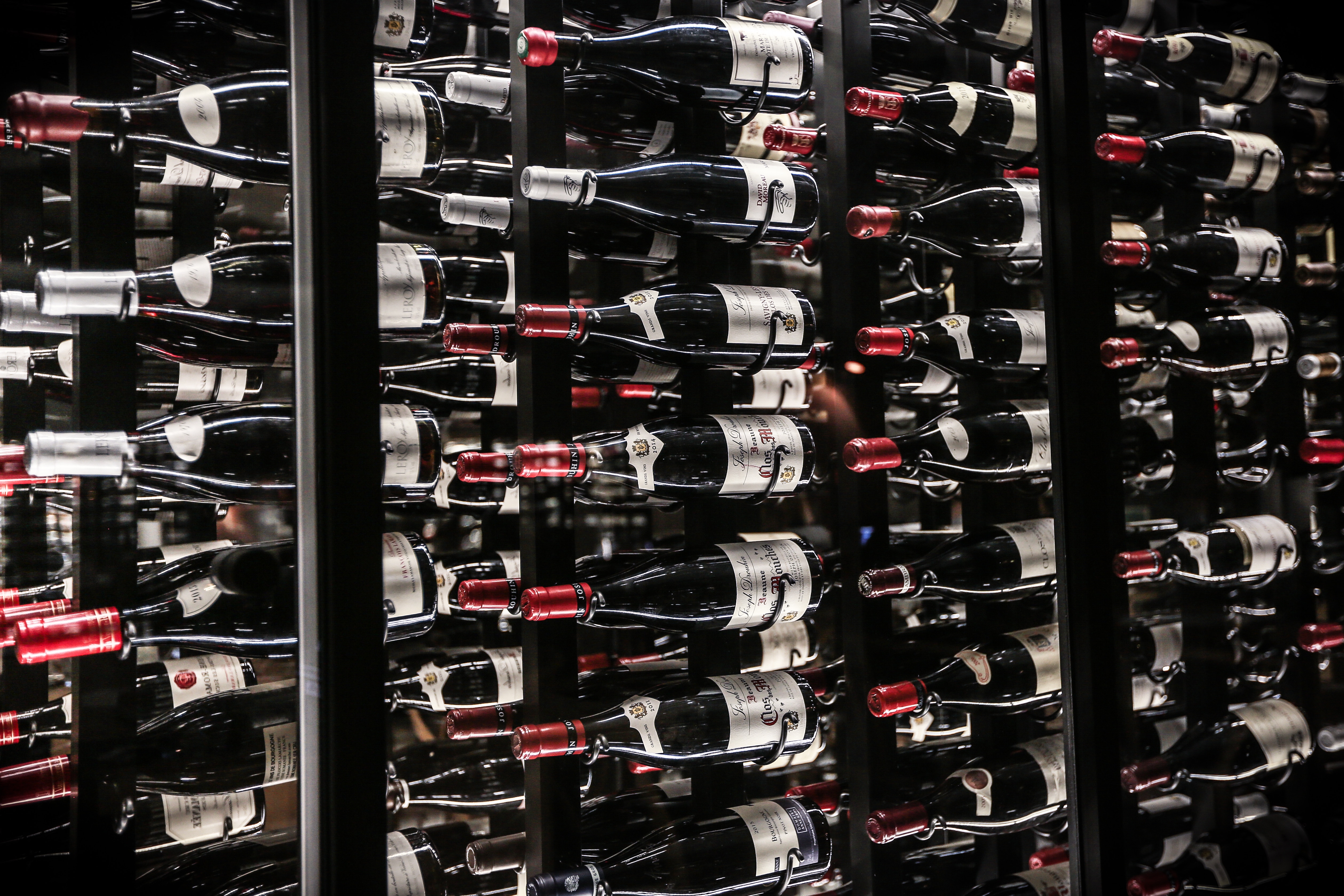
The process is led by a winemaker who establishes the quantities of fruit and appropriate temperatures under strict parameters. At the same time, a specialized engineering must offer the efficiency, energy consumption and the necessary cold conditions for each process.
To obtain wine from the grape, it is necessary to go through different processes, which are:
1) Vintage
It is the stage where the grape is harvested in the ideal state of maturation. It is the first step of many that will determine the quality of the wine.
In this case, the sugar levels of the fruits are important since it is the main substance of the fermentation process, as well as the alcohol level of the final product.
The best bunches are selected by the winemaker to begin processing.
2) Stalk removal
This step consists in separating the grapes from the bunch in an activity known as stalking. It is a process that can be done by hand or by a machinery known as destemmer.
3) Crushing
In this step, the grapes pass through a crushing machine or "Crusher". The objective of the process is to break the fruit skin to extract the must, preventing the seeds from breaking and altering the flavor.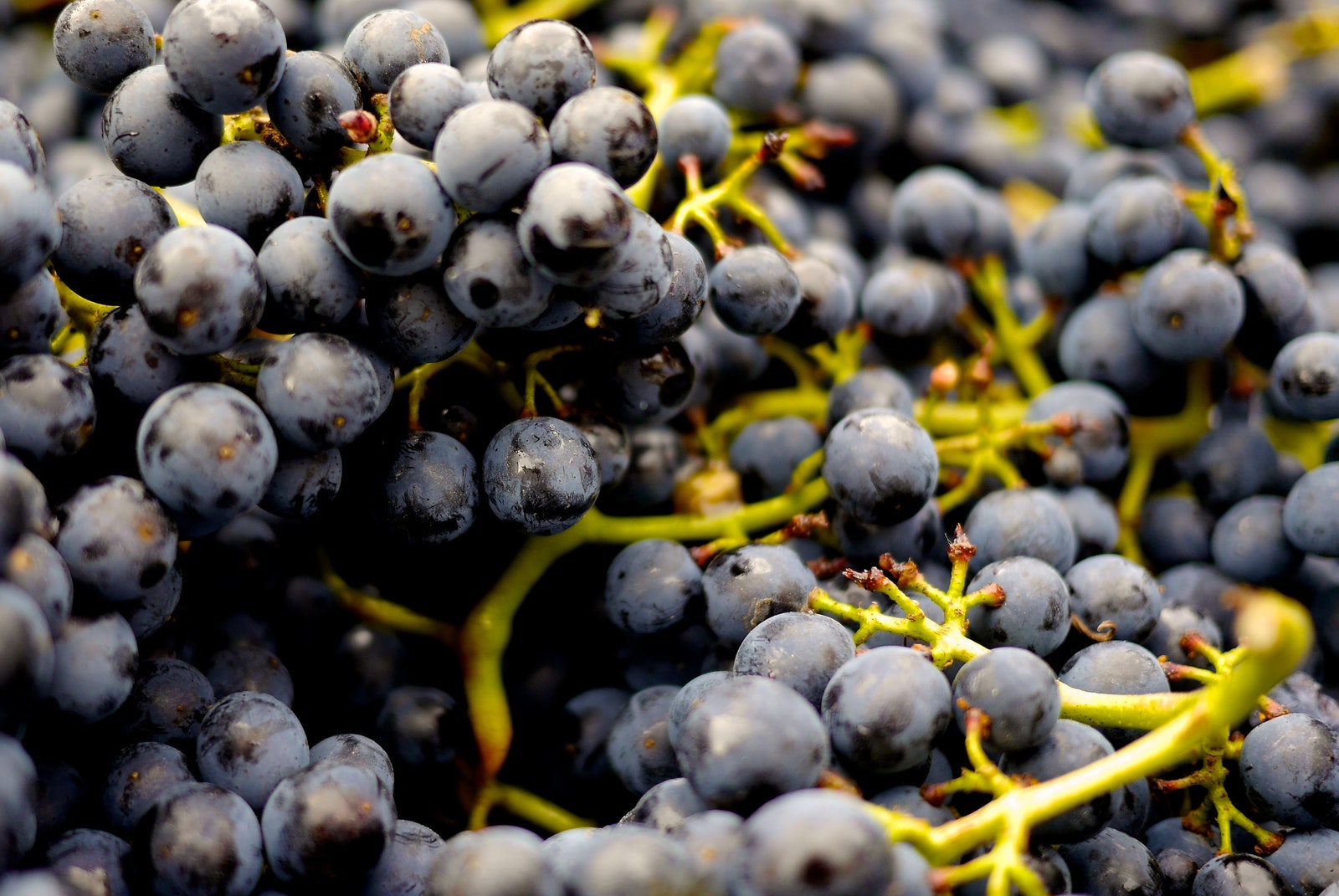
4) Maceration and alcoholic fermentation
The must obtained by crushing is stored for days. This process allows fermentation and encourages the substance to obtain the color.
It is a process of great importance since the final structure of the wine will be determined by the elements that the must acquires from the skin; that is to say, the skin of the grape.
In this way, thanks to the yeasts that are naturally in this same shell, the fermentation process begins.
During fermentation, the sugar in the grapes ends up transforming into ethyl alcohol.
This process, depending on the type of wine you want to make, lasts between 10 and 14 days that must pass in a controlled temperature of no more than 29 Cº.
After this time, the resulting liquid is transferred to another tank.
Once the fermentation process is complete, it is necessary to lower the temperature immediately, between 5 ºC and 6 ºC for 10-hour period until this same temperature is homogenized throughout the substance.
Cooling systems for wine fermentation
The cooling system is based on equipment called Water Coolers or Glycated solution also called Chillers.
There is other equipment that has the property of heating and cooling the musts, called Heat Pumps.
The temperature control of the fluid is carried out by means of a thermostat sensor that is operated during the process.
5) Pressing
Once the must is cooled, the liquid is emptied into another container and the remaining solid requires a greater quantity of liquid to be extracted. That is why it is subjected to a press in order to extract it.
In this way, the press wine with aroma and tannins is obtained.
The two resulting wines will be used for 2 different products, the solid residues are used for the production of pomaces (grape brandy) and other derivatives.
6) Malolactic Fermentation
The wine obtained during the previous steps is subjected to a new fermentation process. Through it, malic acid, one of the 3 acids present in wine along with tartaric and citric acid, is converted into lactic acid.
This process reduces the acid character of the wine and makes it much more pleasant for consumption.
This 2nd fermentation process takes place over a period of 15 to 21 days.
7) Aging Process
Another important moment for wine making is the aging process. The wine that has been obtained so far is introduced in oak barrels, a wood that allows the levels of hardness, permeability and porosity required.
The wood is treated with heat so that it takes the necessary shape, and the fire allows it to have different degrees of toasting which adds aromatic notes to the wine.
While this phase is being carried out, two processes are carried out to further clean the wine of impurities and residual sediments: the transfer and clarification.
- Racking: process through which the wine changes container several times, in order to eliminate the solid sediments and to aerate the wine.
- Clarification: organic substances are used that drag impurities suspended in the wine towards the bottom of the barrel.
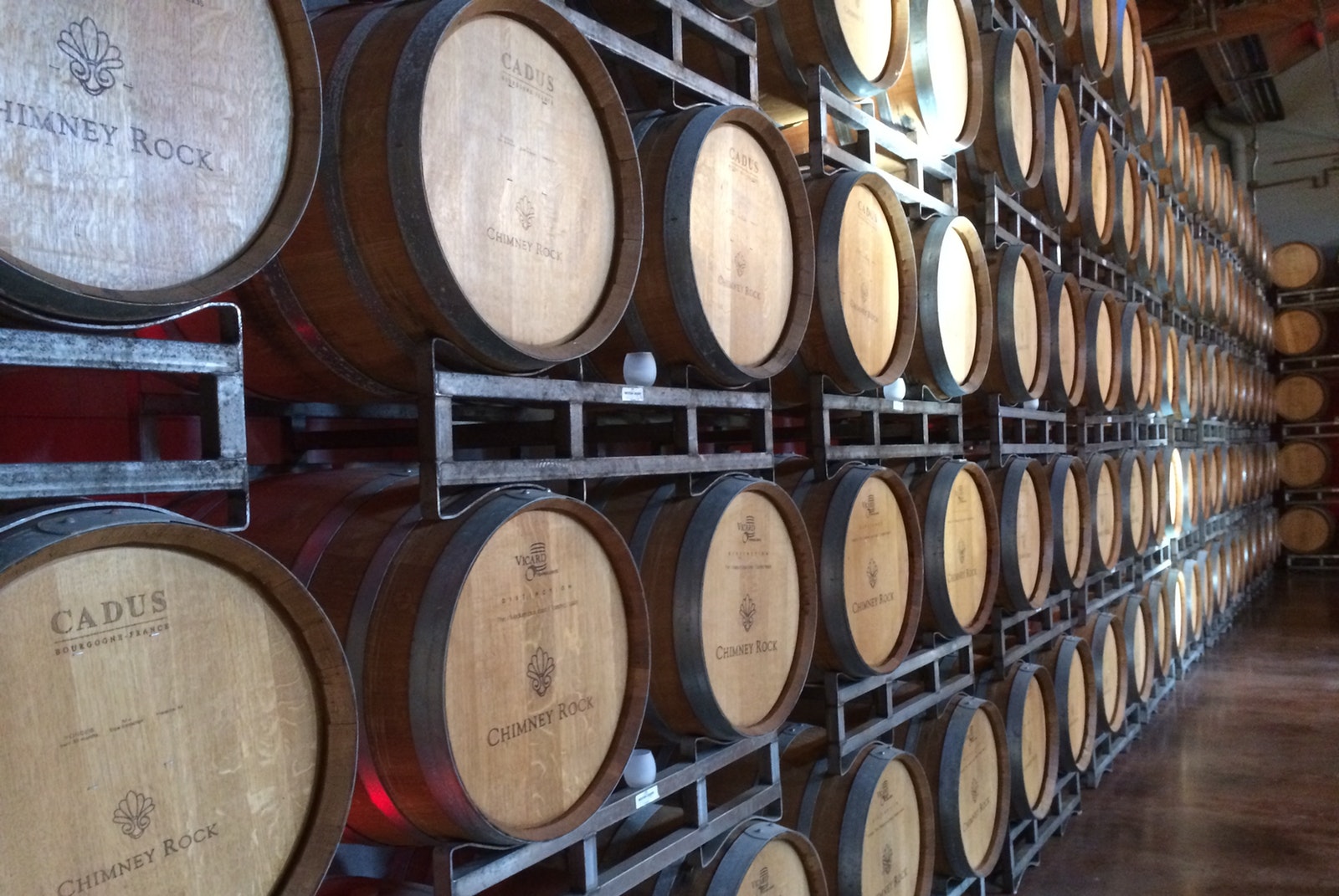
8) Bottling
During this time the wine will evolve and assimilate the oxygen that is introduced into the bottle when it is closed with the cork. Depending on the aging times that occur both in barrel and in bottle, we will get as a final product an aging, reserve or large reserve wine.
Cooling system equipment required to make wine
As can be seen in this brief review of the winemaking process, the industrial cooling equipment is fundamental for several steps and in particular, in the two fermentation processes.
The chosen cooling system depends on the vineyard and the application:
- In the maceration process: Cubes or stainless-steel tanks are used, chambered by a circulating coolant, which can be ice water or glycol, depending on the required temperatures.
- The coils are also used for this process, inside the tanks, and in this case the refrigerant used is Ecological Freon.
- To support heat transfer Chillers are used where a plate exchanger for two refrigerants comes into play: the first, as mentioned, is the Ecological Freon and one more that can be Glycol.
- An Expansion Tank and Impulse Pump are necessary for the regulation of the temperature in the tanks, which allows to cool, macerate or ferment
- The commonly used compact Heat Exchange units can be of the Drake brand
- Storage and controlled temperatures also require adequate cooling equipment.
At Froztec International we have specialists in the wine industry, with experience in projects of high needs and thermal precision.
If you are interested in working in this industry we can support your needs with specialized engineering and the selection of appropriate equipment among more than 30 leading brands in the world of industrial cooling.

Related
Discover more related articles
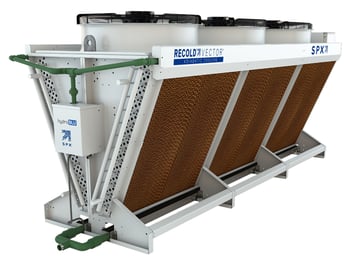
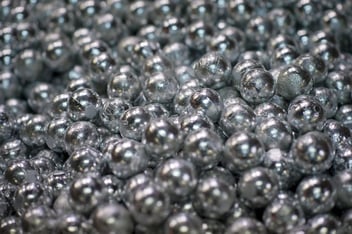
Heat Exchanger uses in metal industry
The metal industry requires more complex processes every time and works with fluid pressures that need the best technology in the heat exchange. An...
Read more »